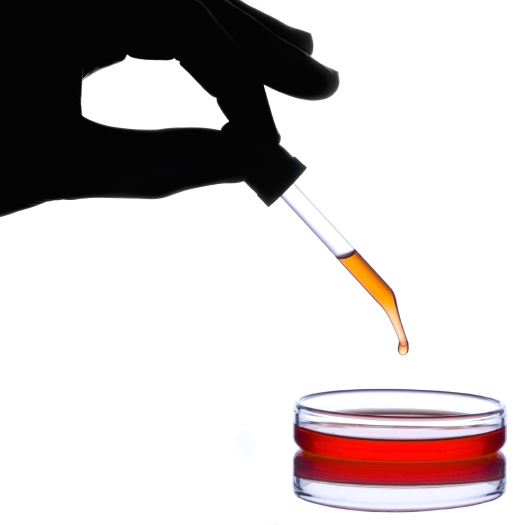It’s always fun to see what new things Apple announced at WWDC. After some thought and discussion time to process Apple’s WWDC 2017 Keynote, rather than focus on the AR demo (which I also think is the seed for some future disruption) I’ve been thinking about IoT and the smart home segment of IoT. One question remains to be answered for me, will the HomePod be Apple’s smart home hub?
Apple is playing catch up in this area and is obviously feeling the pressure if they are announcing a new product 6 months before availability, something that is very anti-Appleesque. Though one could argue that this is natural evolution for their product announcements since they all expand the Apple Ecosystem and you need to have developers connecting to the new device before they ship (especially when Amazon’s Echo has over 10,000 skills already). Every time they do this the hope fades a bit more within the Apple fan base around Apple every surprising us again with a killer new technology innovation, but that’s a whole nother rabbit hole to go down.
So when playing catch up, it’s not surprising that Apple would play to their strengths…music. The HomePod was introduced as a reimagined way to do music within the home (we should all be getting good at seeing thru the marketing rhetoric by now). It’s initial specs look like a great home speaker and integrated with Apple Music gives you more options than time in your life to listen to. And at the end there was an almost passing remark about the HomePod being part of the HomeKit. The HomePod page even mentions “it’s a hub for controlling your smart home accessories”. But, the current specs don’t talk about any local area communications, no Bluetooth, no Z-Wave, no zigbee.
Would Apple jump on the Z-Wave or zigbee bandwagons to quickly expand the Smart Home options and have their HomePod also become one of the core SmartHome bridges? Again, not very Appleesque. But I would expect to at least have seen bluetooth on the HomePod so all those HomeKit devices that use bluetooth and the AppleTV as their hub would have another way to enter the Apple Ecosystem. It just makes sense to use the HomePod’s processing power to also control and bridge the smart home to Siri and the Apple Ecosystem, but that is being seen as a side feature to the speaker. I’m expecting (or hoping) that bluetooth appears in the specs before the HomePod is shipped in 6 months. And it will be interesting to see what home kit integrations we see when the HomePod final ships.
What this shows is how IoT is an enabling technology but not something that most consumers think about buying directly. Consumers especially are spending discretionary budget on things they enjoy…like Music. And the ecosystem power is in pulling the consumer into this larger thing than just music without them realizing it. So again, while Apple may be late to the home speaker market, they have created something that consumers will understand the need for immediately and purchase. Compare that to the immediate thought many of us had when the Amazon Echo appears…”why do I need that anyway?”. I think the HomePod will quickly catching up to Amazon’s Echo in shipments and help push the smarts into the home faster without people realizing it.

